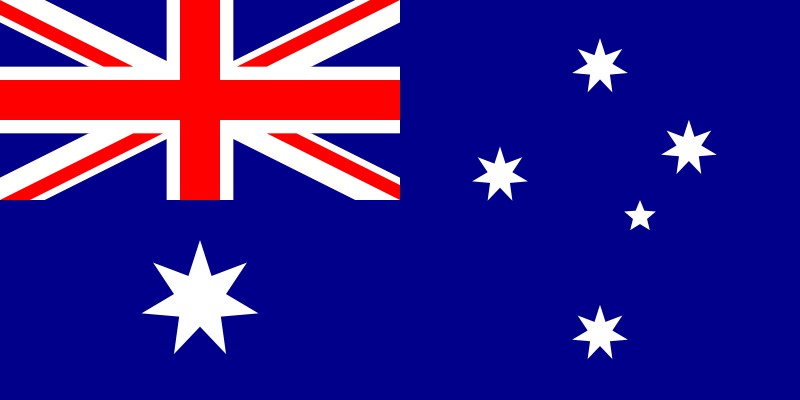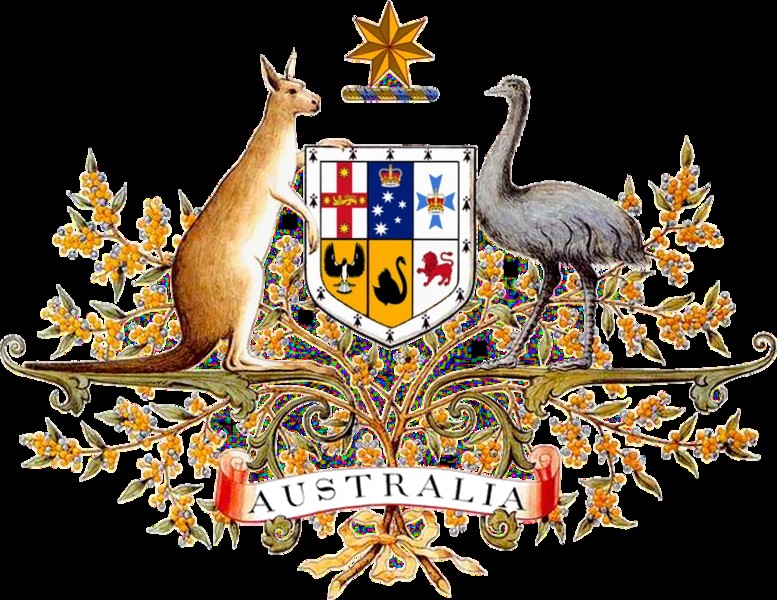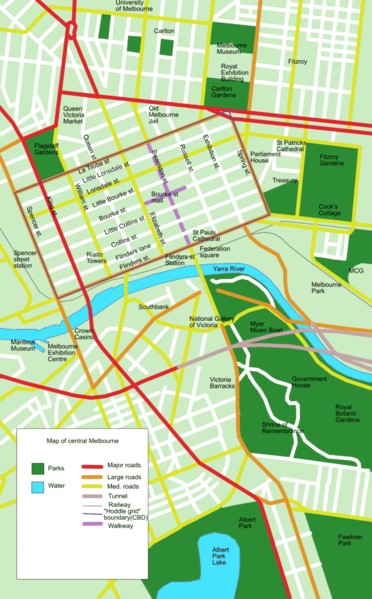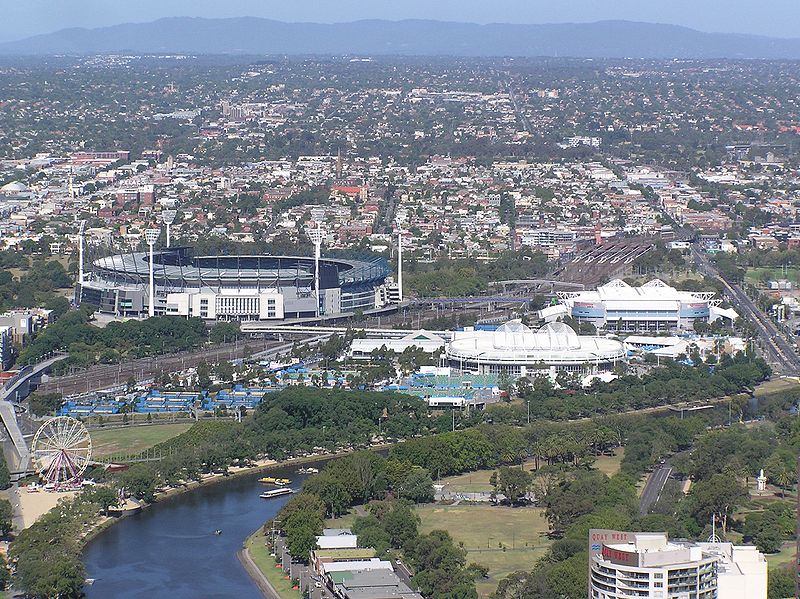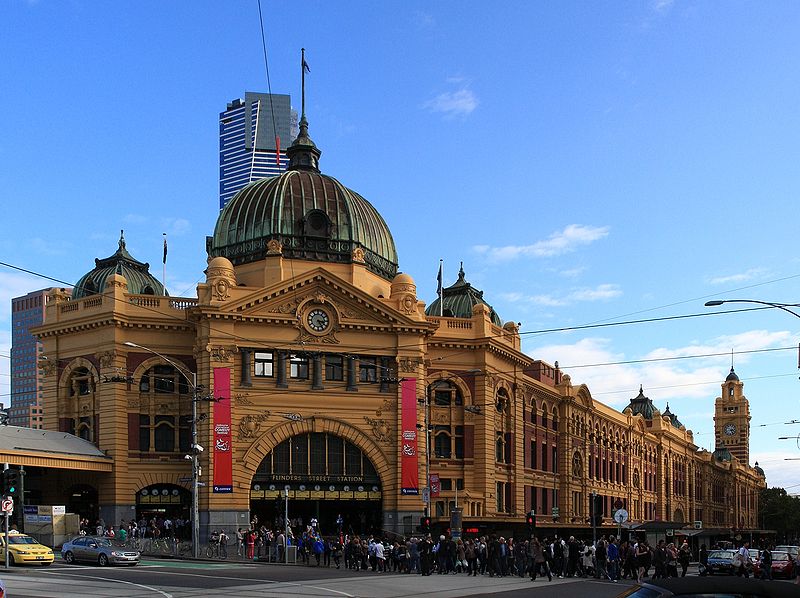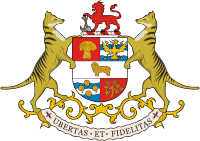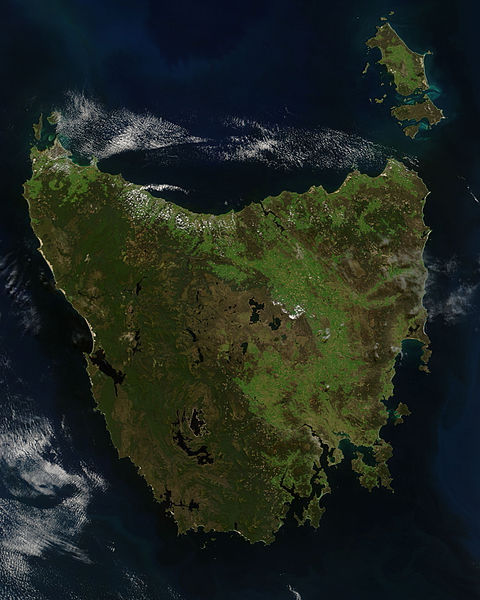The urban area has around 70 harbor and ocean beaches, including the famous Bondi Beach. Sydney's urban area covers 651 sq miles as of 2001 The Sydney Statistical Division, used for census data, is the unofficial metropolitan area and covers 4,689 sq miles. This area includes the Central Coast, the Blue Mountains, and national parks and other un-urbanised land. In other words...It's a very big city covering a LOT of ground.
Our time in Sydney was spent sightseeing
using the Hop-on - Hop-off busses that proliferate the city.
We spent time down in the Rocks area and ate in some interesting places. Sydney is a very expensive city to visit. On one of our excursions I ducked into a Woolworths or "Wooly" as the locals refer to it and priced different produce, meats and other staples. One pint of Strawberries was $8.00, two little sirloin steaks equaling 1 1/2 pounds was $28, and one gallon of milk was $5.50 and eggs were $3.25 per dozen. Gas is sold by the liter (3.8 liters = 1 gallon of gas) and a liter was $2.23...Much too expensive for this country boy.
Breakfast at the hotel was $40 EACH, lunch for both of us at McDonalds cost $21.00, and I ordered 1/2 slab of ribs for dinner at Damon's for $35. Lois had a single small pork chop for $29.

















